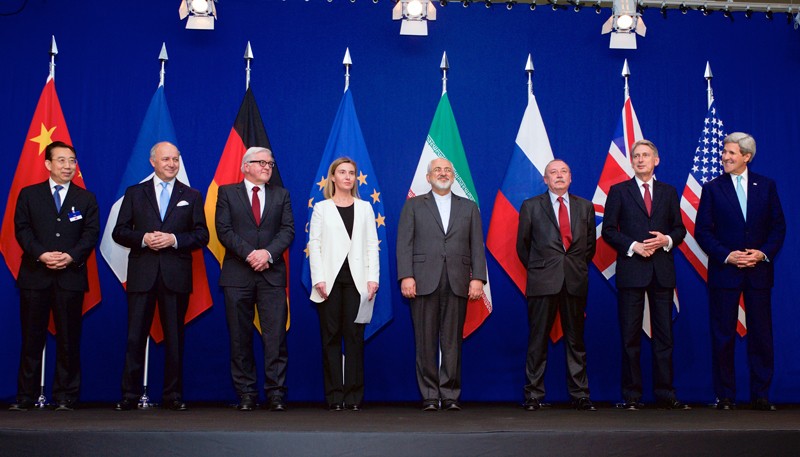
The Iran nuclear deal has four lessons for us, and countries like us

Since my university degree in international relations over 25 years ago, the alignments of international politics have fundamentally changed. However, the fundamentals of international politics remain intact. They are not likely to change, at least not in the 21st century.
The first fundamental of international politics that ‘in international relations, there are no permanent friends or foes’; the second, ‘states follow national interest and not history’; and the third, that ‘deeper ability of effective diplomacy, not huge capability to strike militarily, enable countries to expand spheres of influence and win battles’, are still valid and will remain so in the future.
We have witnessed two very different patterns of the rise of two contemporary giants: the United States and China in the last 25 years. One followed the security-dominated foreign policy and became the most popular villain; the other followed an economic-led approach to its foreign relations.
If we look at the recent history and how the US and China unfolded their vision and strategies in their respective pursuit of ‘a safer, more helpful and more hopeful world’ -- the words President Obama used after the recent nuclear deal -- what we find is very interesting as well as intriguing.
The US global outreach can be termed myopic, loud, reactive and tentative. China’s foreign outreach can be termed broad-minded, quiet, proactive and steady. It seems the US planned its inter-state relations the way someone plans a battle. China did the same as if someone plans (and means) business.
In the last 40 years, we saw the US having intimate relations with Shah’s (Shia) Iran in the 1970s, then reacting in bad haste to the Iranian revolution and embracing the Kings of Saudi Arabia (more for their petro dollars but also for their anti-shia sectarian outlook, historical Arab-non-Arab factor and availability of pawn kings). This, instead of garnering any real, direct and tangible gains, gave Pakistan Taliban, Iraq an unprecedented destruction, and the Middle East ISIS.
The recent ISIS brutalities have made US swing away from the wahabi Islam and step closer to Shia Iran. In four decades, the US is almost back to square one.
In these years, China invested in its human capital, industrial production and trade with friends and foes alike. Today, it has a trade volume of close to or over a $100 billion with India, Russia, Taiwan, Japan and Korea. With the US, with whom the diplomatic ties only started in the 1970s courtesy Pakistan, China’s trade volume is over $500 billion.
Chinese trade, exports and US indebtedness to China aside, China is the most effective international player today that influences foreign policies of India, Pakistan, Afghanistan, Iran and even that of the US. Whereas in the last two decades, US made millions of ‘enemies’ in Iraq, the Arab world, the Middle East, the so called Muslim World, and in South Asia. The only foreign policy success the US can be, and must be, praised for is the resumption of its diplomatic ties with Cuba.
The US-Iran nuclear deal has four lessons for us, and countries like us. First, to settle historical feuds as the tribes would go for inter-tribe marriages, the countries go for bilateral trade.
Second, countries that rely on defence capacity and military adventurism do not gain much and eventually resort to diplomacy and deals.
Third, nations need statesmen not the statements-men for internal prosperity and external amity.
Fourth, human investments and associated ability to produce and export commodities that facilitate people, make countries stable, stronger and everyone’s friends.
The full circle journey of US foreign policy that led to this nuclear deal tells Pakistan that it must contemplate a nuclear deal with India, where both countries could jointly produce electricity and use it for medical purposes; along with more trade and public travel with India. If it seems impossible, so did Pak-Soviet military ties and Indo-China trade in the 1960s, US-China relations in the 1980s, US-USSR joint space missions in the 1980s, the US-Cuba diplomatic ties in the 1990s, and the US-Iran deal a decade ago.
The other day I bought my 6 years old daughter an American Doll, and as you would guess, it is made in China. It is perhaps about time the US contemplates outsourcing foreign policy manufacturing to China as well -- as Pakistan seems to have done recently. It will be cheap, efficient, with low or no side-effects and, in case it doesn’t work, a better substitute would be in the market swiftly and quietly.